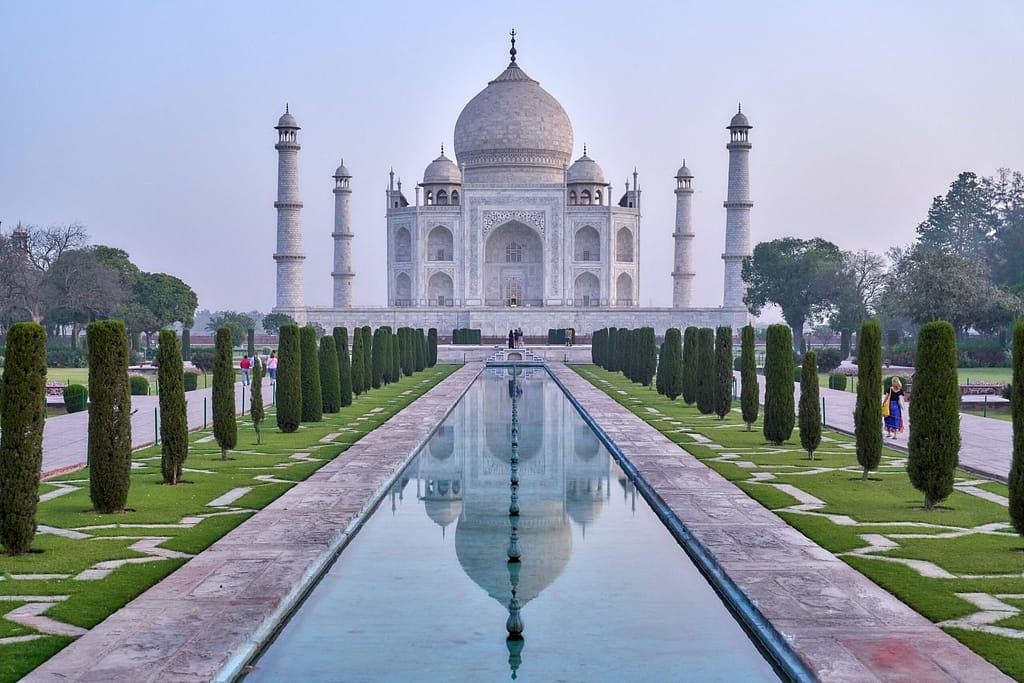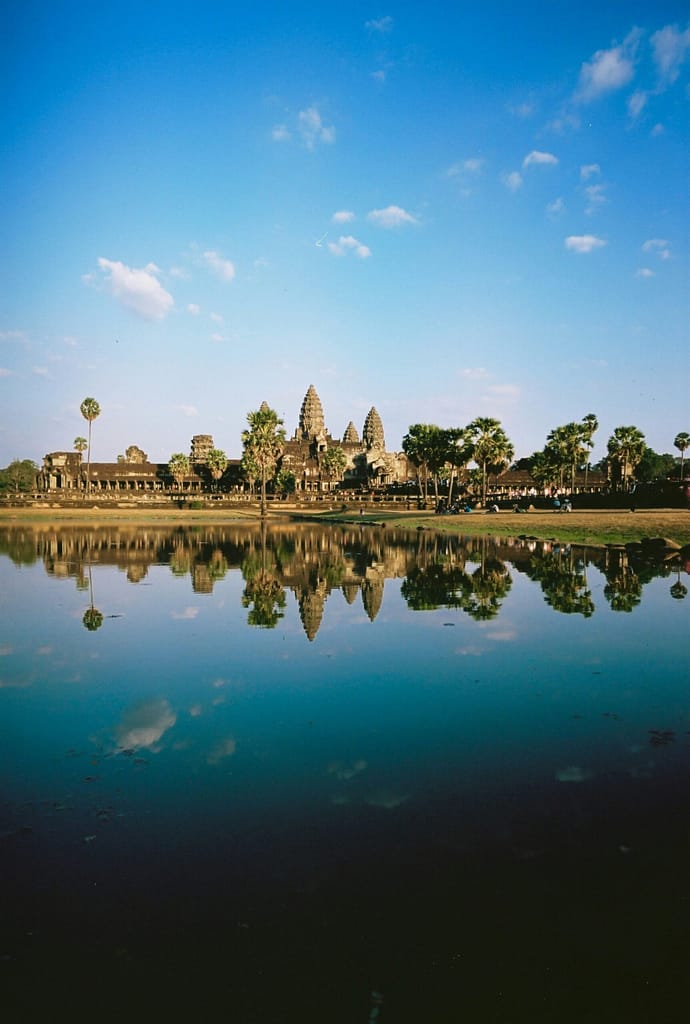India, a land of rich cultural heritage and ancient wisdom, has had a profound influence on Southeast Asia. Over the centuries, India’s impact has shaped the art, architecture, religion, language, and cuisine of the region. This article explores the fascinating journey of India’s influence on Southeast Asia and highlights the enduring legacy it has left behind.
Ancient Trade Routes: Connecting India and Southeast Asia
India’s influence on Southeast Asia can be traced back to ancient times when maritime trade routes connected the two regions. These trade routes facilitated the exchange of goods, ideas, and cultural practices. The bustling ports of ancient India, such as Mamallapuram and Kanchipuram, served as gateways for Indian merchants venturing into Southeast Asia.
Religion: The Spreading of Buddhism and Hinduism
One of the most significant contributions of India to Southeast Asia is the spread of Buddhism and Hinduism. Indian traders and missionaries carried these religions with them, introducing them to the local populations. The influence of Buddhism can be seen in the magnificent temples of Angkor Wat in Cambodia and Borobudur in Indonesia. Hinduism, on the other hand, left its mark on the architecture of Prambanan in Indonesia and the ancient city of Ayutthaya in Thailand.
Art and Architecture: A Fusion of Styles
India’s influence on Southeast Asian art and architecture is evident in the fusion of styles seen in the region. The intricate carvings and majestic structures of Southeast Asian temples bear the unmistakable imprint of Indian aesthetics. The use of mandalas, lotus motifs, and intricate stone carvings can be traced back to Indian artistic traditions.
Language and Literature: Sanskrit’s Enduring Legacy
Sanskrit, the ancient language of India, has had a lasting impact on Southeast Asian languages and literature. Many Southeast Asian languages, such as Thai, Khmer, and Indonesian, have borrowed extensively from Sanskrit. The Ramayana and Mahabharata, two epic Indian tales, have been adapted into various Southeast Asian languages, becoming an integral part of their literary traditions.
Cuisine: Spices and Flavors
Indian spices and flavors have left an indelible mark on Southeast Asian cuisine. The use of spices such as turmeric, cardamom, and cumin can be traced back to Indian culinary traditions. Dishes like curry, biryani, and roti have become staples in the Southeast Asian culinary repertoire, tantalizing taste buds with their aromatic flavors.
The Influence of India Today
India’s influence on Southeast Asia continues to be felt in the modern era. Cultural exchanges, tourism, and economic ties between India and Southeast Asian countries have further strengthened the bond between the two regions. Indian films, music, and dance have gained popularity in Southeast Asia, creating a shared cultural appreciation.
India’s Impact
The influence of India on Southeast Asia is a testament to the enduring power of cultural exchange. From ancient trade routes to the spread of religions, art, language, and cuisine, India’s impact on Southeast Asia is a rich tapestry woven over centuries. As we celebrate this vibrant connection, let us cherish the shared heritage and the lasting influence that continues to shape the cultural landscape of Southeast Asia.









